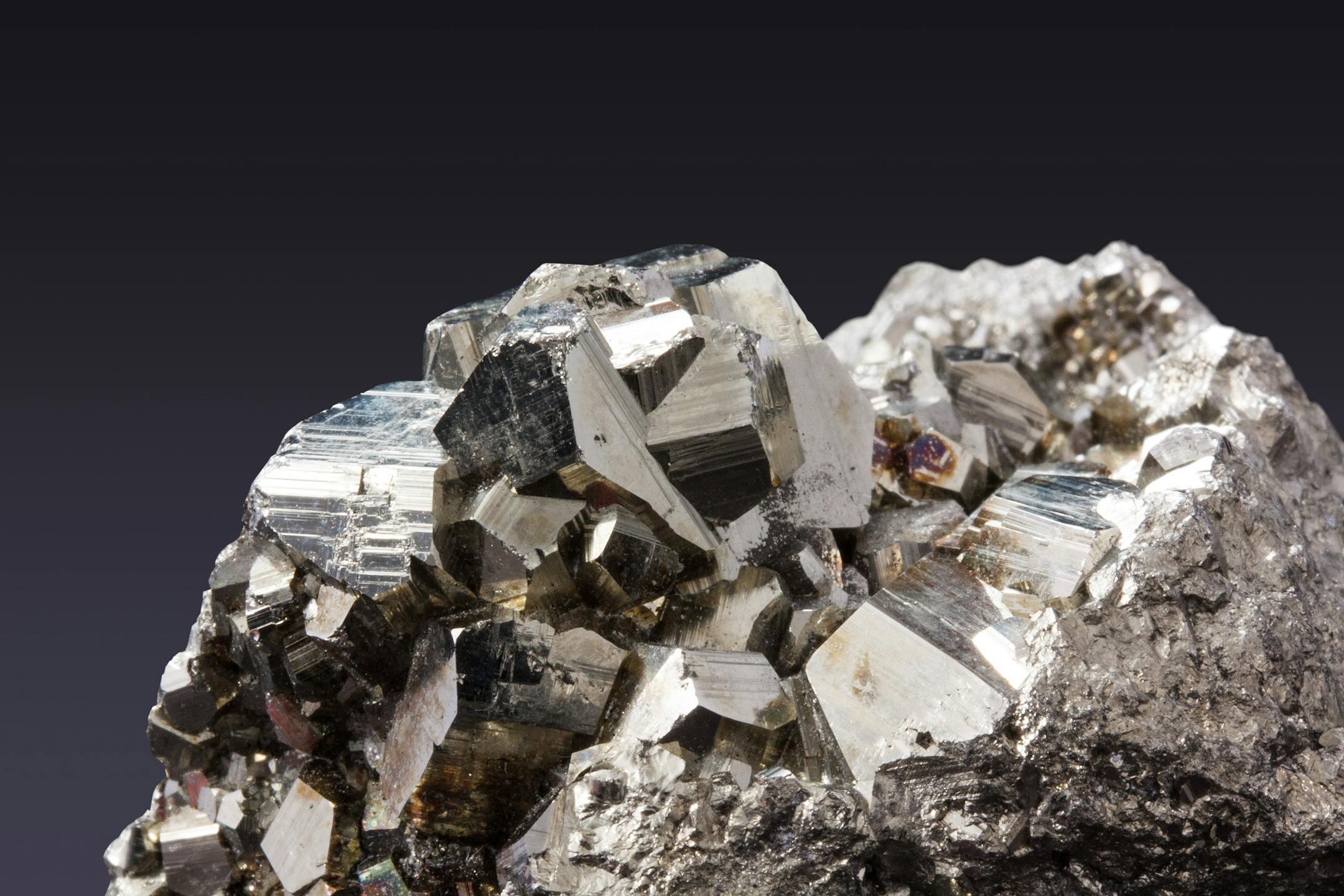
Transferring mineral rights in Oklahoma can feel complicated. The legal language, county filings, and ownership paperwork can confuse even experienced landowners. But once you understand the process, it’s pretty straightforward.
This guide breaks down each step so you can transfer ownership correctly—whether you’re selling your rights, gifting them to family, or updating an estate.
If you own or are inheriting mineral rights in Oklahoma, here’s what you need to know to make a clean, legal transfer.
Mineral rights are the ownership of what’s beneath the surface of a piece of land—oil, gas, and other minerals. In Oklahoma, surface rights and mineral rights can be owned separately.
So, you might own the surface of your property but not the minerals under it. Or you might own minerals under land that someone else uses for farming or housing.
When you transfer mineral rights, you’re transferring the legal ownership of those subsurface resources. That means the new owner will have the right to lease, sell, or receive royalties from production.
There are a few common reasons for transferring mineral rights in Oklahoma:
Whatever the reason, the process always comes down to accurate documentation and clear filing with the right county offices.
Before you transfer anything, make sure you actually own what you think you own.
You can confirm ownership through your county clerk’s office. Look up deeds, probate records, or leases associated with your name or the legal land description.
If you’ve inherited rights, check that the estate process was completed and that your name is listed on record as the rightful owner. You’ll need clear proof of ownership before filing any transfer documents.
If you’re unsure, companies like Momentum Minerals can help verify ownership and locate missing documentation.
Are you transferring all of your mineral rights, or just a portion?
In Oklahoma, mineral rights can be divided in many ways. You can transfer:
Be specific about what you’re transferring. Any confusion can lead to legal disputes later.
Write out the details in plain terms before starting the paperwork.
The main legal document for transferring mineral rights is called a mineral deed.
A mineral deed must include:
You can find blank mineral deed forms online, but it’s smart to have a professional—like an attorney or title specialist—draft or review it. Errors in wording can cause ownership problems later.
Oklahoma requires all mineral deeds to be signed and notarized. This step proves that the transfer was voluntary and that both parties were properly identified.
Most banks, law offices, and title companies have notaries on staff. Each owner transferring rights must sign in front of a notary.
Once the deed is signed and notarized, it must be filed in the county where the minerals are located—not where you live.
Each county in Oklahoma keeps its own land and mineral ownership records. Filing the deed with the county clerk makes the transfer official and public.
You’ll usually pay a small filing fee. Bring an extra copy of the deed to have it stamped for your own records.
Once filed, the new owner officially holds the mineral rights.
If the mineral rights are currently leased to an oil or gas company, the operator needs to know about the ownership change.
Send them a copy of the recorded deed. This ensures royalty payments and correspondence go to the correct owner.
Operators won’t change payment information until they have proof of the recorded transfer.
Mineral rights can generate income through leases or royalties, so it’s important to update your tax records.
The new owner should report any income, while the previous owner should note the sale or gift. If the rights are part of an estate, inform your attorney or financial advisor so everything stays accurate for probate or trust purposes.
Transferring mineral rights in Oklahoma isn’t difficult, but small errors can cause big problems later. Here are some common mistakes to avoid:
Take your time and double-check each step before you finalize the process.
Mineral rights often stay in families for generations. A clear, recorded transfer protects both the current and future owners. It ensures royalties are paid correctly and ownership isn’t questioned years down the road.
Oklahoma’s oil and gas laws are well-established, but they’re specific. Following the right process now saves you from expensive legal work later.
If you’re unsure about your paperwork or want help confirming what your minerals are worth, Momentum Minerals can help you navigate the process. Our team has experience buying and managing mineral rights in Oklahoma, and we can explain your options in plain language.
Transferring mineral rights in Oklahoma comes down to a few key steps: confirm ownership, prepare a mineral deed, sign and notarize it, and file it with the county clerk. Once that’s done, notify any operators and update your records.
When handled correctly, the process protects your investment and ensures smooth ownership for years to come.
If you’re planning to sell or transfer your mineral rights in Oklahoma, or just want to understand what you own, get in touch with us today.